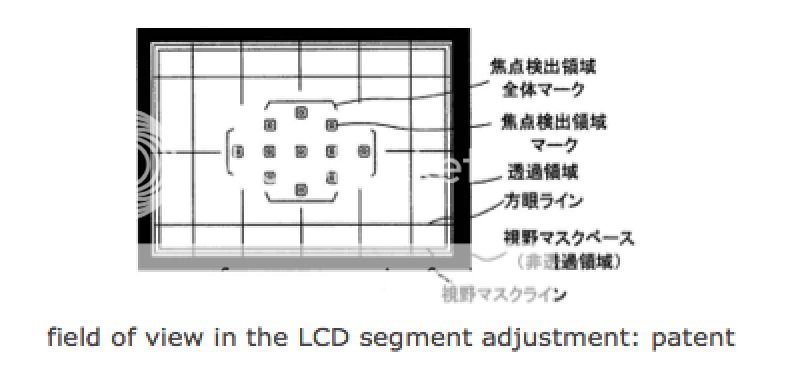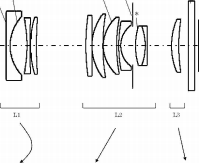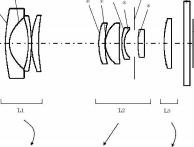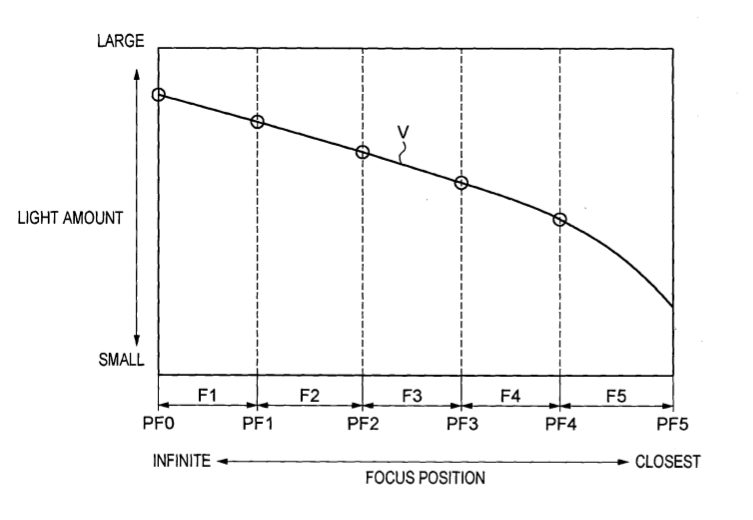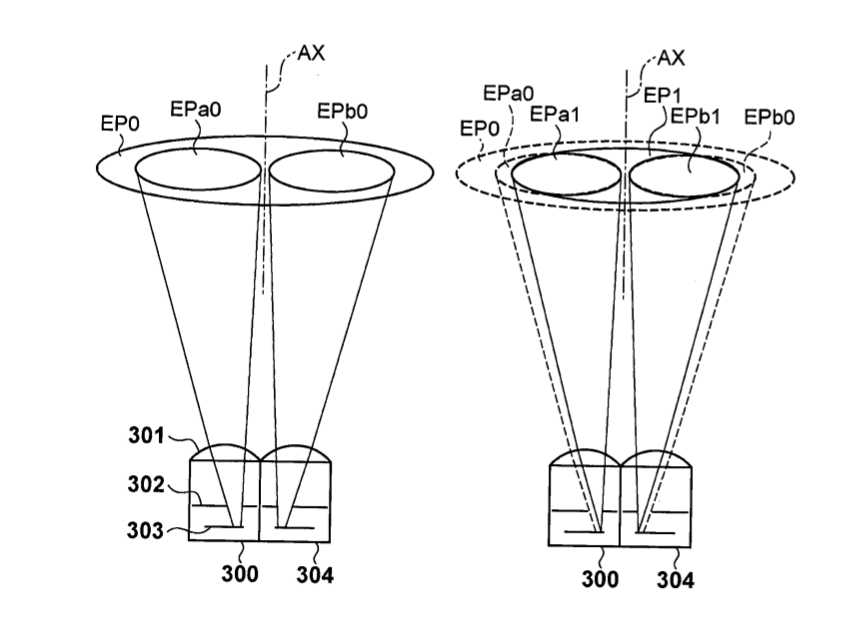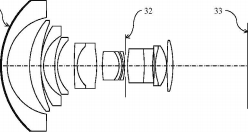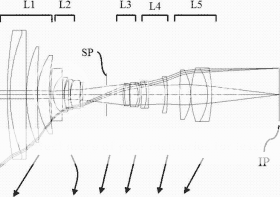Hopefully this leads to quicker hybrid AF. Canon filed a patent that aims at improving the speed of hybrid (phase and contrast detection) AF systems, particularly when tracking subjects. The patent’s abstract:
A camera to which a lens unit is exchangeably attached includes a phase difference detection type focus detection unit, a contrast detection type focus detection unit, and a processor configured to acquire correction information used to correct a shift amount between a focus detecting light flux and an image-pickup light flux from the image pickup lens. The contrast detection type focus detection unit performs scanning in a single direction from a focus position detected by the phase difference detection type focus detection unit, the single direction being set based on the correction information.
The patent tackles the following technical problem:
Since the [contrast detection focus method] has an excellent focus detection precision but requires a long time for focusing, the [contrast detection focus method] cannot be applied when an allowable time period required for the focus detection is short, in particular, in following a moving body or at the consecutive shooting time.
This is done in the following way:
A camera according to the present invention is a camera to which a lens unit is exchangeably attached. The lens unit includes an image pickup lens configured to form an object image, and is compatible with a first focus detection unit configured to provide a focus detection by detecting a phase difference between a pair of object images formed by utilizing a first pupil splitting unit. The camera includes a second focus detection unit configured to provide a focus detection by detecting a phase difference between a pair of object images formed by utilizing a second pupil splitting unit different from the first pupil splitting unit, a third focus detection unit configured to provide a focus detection by detecting a peak position of a contrast of the object image by performing scanning that changes a distance between an image pickup device and a focus position formed by the image pickup lens, and an acquisition unit configured to acquire correction information used to correct a shift amount between a focus detecting light flux and an image-pickup light flux from the image pickup lens. The third focus detection unit performs the scanning in a single direction from a focus position detected by the second focus detection unit, the single direction being set based on the correction information.
Good to know that Canon is working hard on a better hybrid Af system. :-)
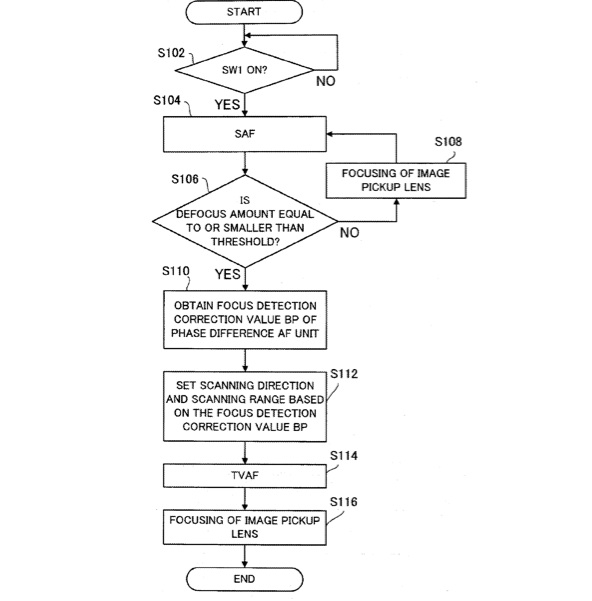
[via freepatentsonline]
